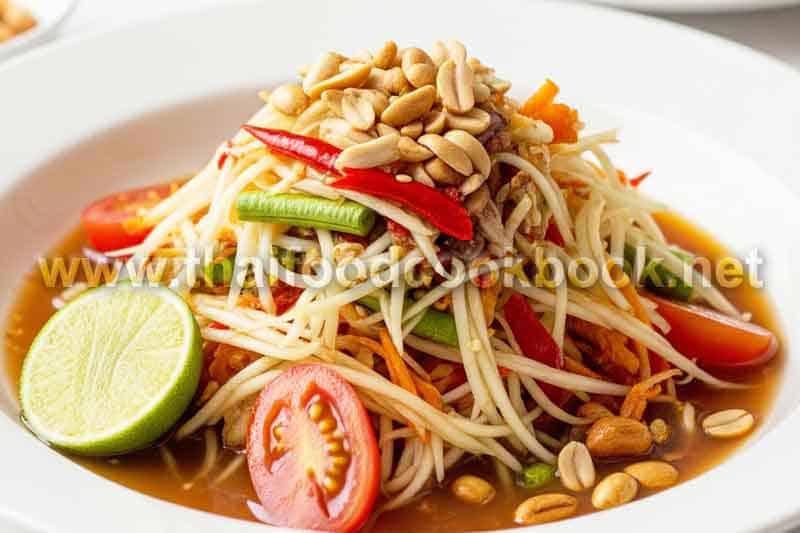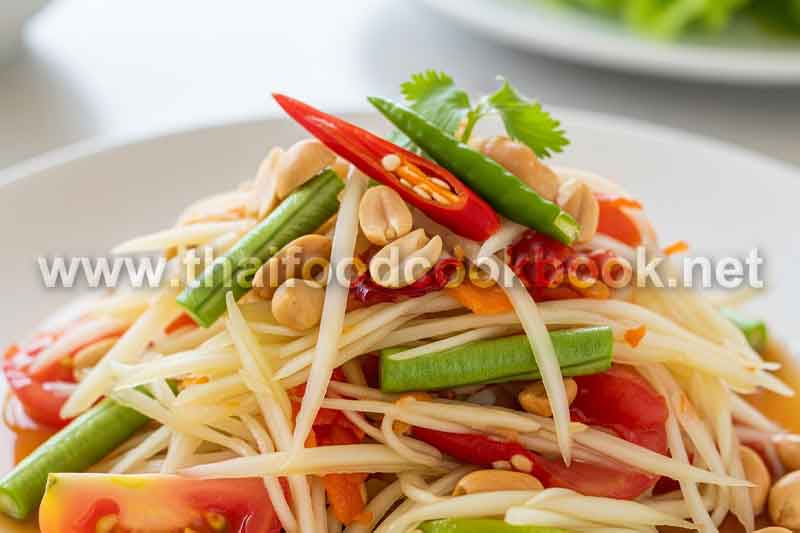The Perfect Final Aroma to Watch For in Thai Curry
In authentic Thai cooking, the final indicator that curry is ready is never the thickness or the boiling stage — it is the fragrance. The moment when the curry releases its strongest, cleanest, and most layered scent is when the dish reaches its aromatic peak. This finishing stage is what Thai chefs wait for before turning off the heat. If you want to identify the perfect final aroma to watch for in Thai curry, you need to recognize the shift from “cooking smell” to “serving smell.” This is the exact point when herbs bloom, essential oils rise to the surface, and the steam becomes perfumed enough to signal completion — even before tasting.
1. What the Final Aroma Really Indicates
During the early and middle stages of cooking, the scent of the curry is still developing: you smell raw paste, chili sharpness, or heavy coconut fat. But in the final stage, the fragrance becomes smoother, rounder, and more refined. This means the paste has bonded with fat properly and the herbs have released their oils. The final aroma is not just a smell — it is the signal that the curry is structurally complete.
- Steam becomes more aromatic than the liquid itself
- The scent lingers in the air after stirring
- The aroma feels “lifted” instead of dense
- Herbal top-notes rise above the base spice
This transformation is subtle, but once you recognize it, you can cook by instinct instead of measurement.
2. How to Detect the Shift from Raw to Finished Aroma
The easiest way to identify the final aroma is to smell the steam, not the surface of the pot. Professional Thai chefs do not lean over the curry — they pass the spoon, stir gently, and smell the vapor. The final-moment scent is cleaner, smoother, and noticeably more “alive.”
- Stir gently and watch for aroma lift
- Smell the rising steam rather than the pot
- Notice when basil or kaffir lime leaf overtakes the chili smell
- Check that the fragrance remains after stirring, not just during it
When this moment arrives, any additional cooking weakens the perfume rather than improving it.
3. Why This Aroma Stage Matters More Than Timing
Many home cooks overcook curry because they rely on timers or visual cues. But Thai cuisine is aroma-driven, not time-driven. The final aroma confirms that flavor has fused — not just simmered. Overboiling past this moment causes fragrance collapse and herbal flattening. This is why mastering aroma is more powerful than following a written cook-time.
- Curry should “announce itself” through scent before plating
- The height of steam carries the finish — not the liquid
- Herb oils rising = completion, not thickness
Thai chefs are trained to stop at the peak, not after.
4. Final Summary: Aroma Is the Thai Chef’s Green Light
The perfect final aroma is the moment when herbs bloom, oils surface gracefully, and the steam turns fragrant enough to confirm flavor harmony. It is not a guess — it is a precise culinary signal that the curry has reached its ideal serving point. If you learn to trust aroma as your finish-line cue, your curry becomes richer, more elegant, and emotionally satisfying in every bowl. For additional insight into heat and aroma behavior in Thai-style broth development, refer to aroma development techniques to understand how timing secures flavor at the very end.
Summary
The real finish of Thai curry is detected by scent, not color or texture — the final aroma peak signals that herbs, coconut milk, and paste have fully merged and the dish is ready to serve.

